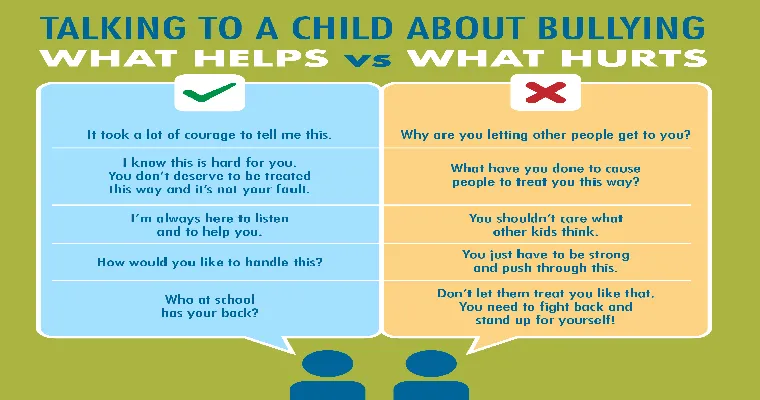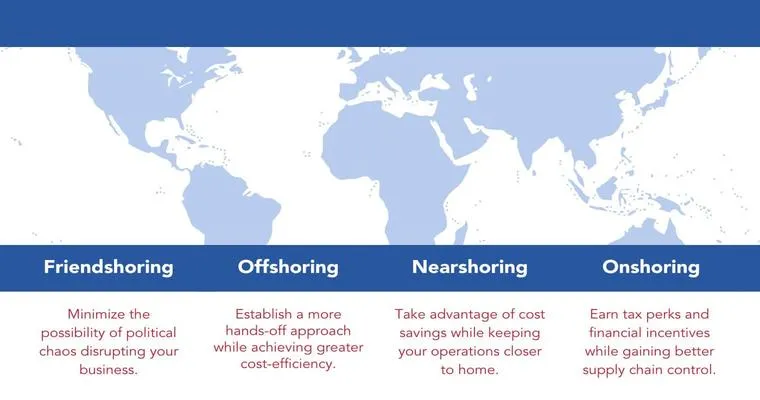The role of a "caregiver" is both rewarding and challenging, especially when it comes to ensuring an "elder's safety" while also preserving their "sense of purpose". Caregivers often find themselves at a crossroads, trying to navigate the delicate balance between protecting their loved ones and allowing them the independence they desire. This struggle is increasingly common as the elderly population grows and more families seek to provide care at home.
As a caregiver, one of the primary responsibilities is to ensure that the elder is safe in their environment. This may involve making modifications to the home to prevent falls, managing medications, and monitoring health conditions. However, constant supervision and restrictions can lead to feelings of frustration and loss of agency for the elder.
On the other hand, a "sense of purpose" is vital for emotional and mental well-being. Engaging in meaningful activities, such as hobbies, socializing, or volunteering, can significantly enhance an elder's quality of life. When caregivers restrict these activities for safety reasons, it can lead to feelings of isolation and helplessness, further complicating their emotional health.
Finding the right balance requires open communication. Caregivers should engage in conversations with their elderly loved ones to understand their desires and goals. By actively listening, caregivers can identify activities that foster a "sense of purpose" while also implementing safety measures. For example, if an elder wishes to continue gardening, caregivers can create a safe gardening area that minimizes risks.
Another effective strategy is to encourage participation in community programs designed for seniors. These programs often incorporate safety measures while providing opportunities for social interaction and skill development. Caregivers can accompany their loved ones to these events, ensuring their safety while also supporting their need for engagement and purpose.
Technology can also play a significant role in balancing safety and independence. Devices such as emergency response systems, health monitoring apps, and even simple communication tools can help caregivers keep track of their loved ones' well-being without being overly intrusive. This allows elders to maintain a degree of autonomy while ensuring that help is readily available if needed.
It's essential for caregivers to take care of their own well-being as well. The emotional toll of caregiving can lead to burnout, making it even more challenging to find this balance. Seeking support from other caregivers, joining support groups, or seeking professional guidance can provide valuable insights and coping strategies.
In conclusion, the journey of a caregiver is often a complex one, filled with tough decisions. Balancing an elder's "sense of purpose" with their "safety" requires patience, understanding, and creativity. By fostering open communication, utilizing community resources, embracing technology, and prioritizing self-care, caregivers can create an environment where their elderly loved ones feel both safe and fulfilled. This delicate balance not only benefits the elder but also enriches the caregiver's experience, leading to a more harmonious relationship.





